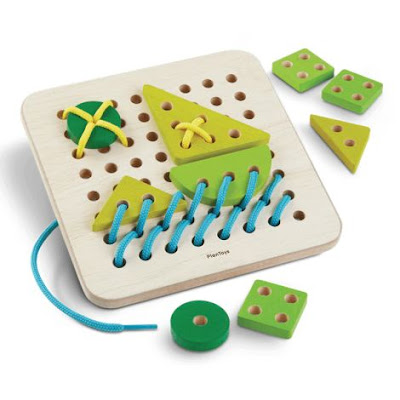In the realm of educational methodologies, the Montessori approach has consistently garnered attention for its comprehensive and individualized framework. At the heart of this approach lies a collection of educational tools known as Montessori materials. These materials are not just playthings; they are meticulously designed instruments that facilitate a child's cognitive, emotional, and physical development. This article delves into the captivating universe of Montessori materials, uncovering their significance in nurturing a child's growth.
The Essence of Montessori Philosophy
Before we embark on an exploration of Montessori materials, it's essential to grasp the philosophy that shapes their existence. Dr. Maria Montessori, a pioneer in education, advocated for an approach that respects a child's innate curiosity and self-reliance. Montessori materials are a reflection of this philosophy, acting as catalysts for independent exploration and meaningful learning experiences.
Crafting
Purposeful Learning with Montessori Materials
The uniqueness of Montessori
materials lies in their purposeful construction. Each material serves a
distinct educational purpose, targeting specific skills or concepts. Consider
the "Pink Tower" – a set of progressively sized pink cubes. While it
may seem like a simple arrangement, it's an intricate lesson in dimensional
comprehension, size gradation, and fine motor skills. These materials engage
multiple senses, transforming education into a sensorial journey.
Sensorial
Materials: Nurturing Active Learning
Among the various categories of
Montessori materials, the sensorial materials hold a special place. These
materials hone a child's sensory perceptions, aiding in the understanding of
attributes like shape, size, color, and texture. An exemplar is the "Color
Tablets" material, which encourages children to discriminate between hues,
priming them for more advanced cognitive tasks.
Laying
the Foundation for Mathematical Proficiency
While mathematics might appear
daunting for young learners, Montessori materials make it approachable and
enjoyable. The "Number Rods" material is a prime example, introducing
children to numerical concepts and relationships in a tangible manner. Through
hands-on interactions with these materials, children establish a solid
mathematical foundation that transcends mere memorization.
Language
Mastery through Tangible Exploration
Language acquisition is another
domain enriched by Montessori materials. "Sandpaper Letters"
exemplifies this, as children trace textured letters while vocalizing
corresponding phonetic sounds. This multisensory approach bridges auditory,
visual, and kinesthetic learning, nurturing competent readers and writers.
From
Cultural Enrichment to Global Awareness
Beyond core subjects, Montessori
materials extend into cultural education. Materials centered on geography,
history, and the natural world empower children to explore and understand their
surroundings comprehensively. For instance, the "Globe of Continents"
material introduces young minds to diverse continents, fostering a global
perspective.
In
Conclusion: Paving the Way for Lifelong Learning
In a world that often prioritizes
standardized education, the Montessori methodology stands out for its
child-centric ethos. At the core of this approach are the Montessori materials,
instrumental in cultivating a love for learning through hands-on experiences,
autonomy, and discovery. As we celebrate the profound impact of Montessori
materials, let's embrace education that celebrates curiosity, exploration, and
the boundless potential of every child's mind.






No comments:
Post a Comment